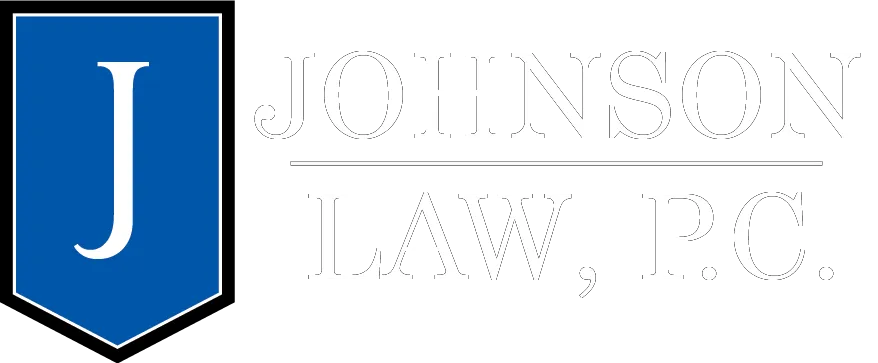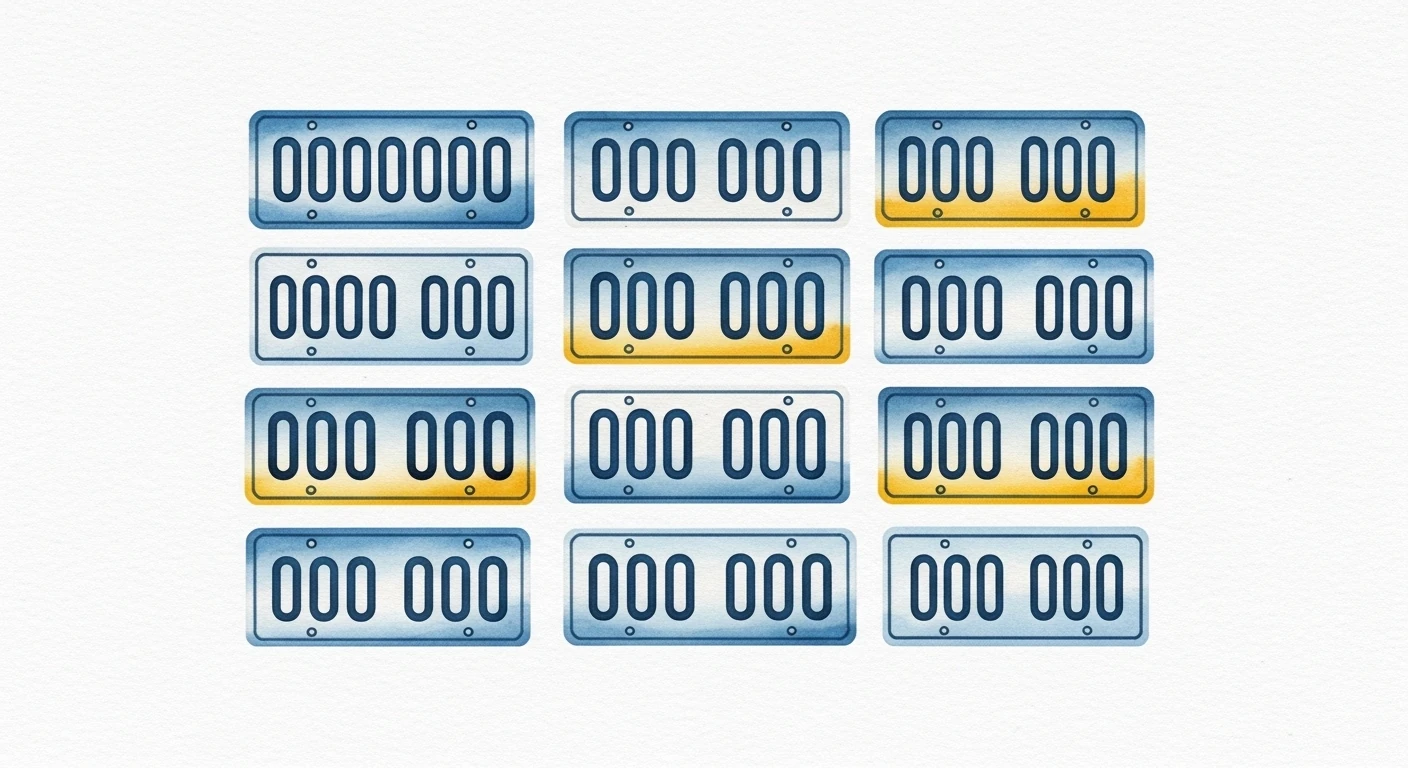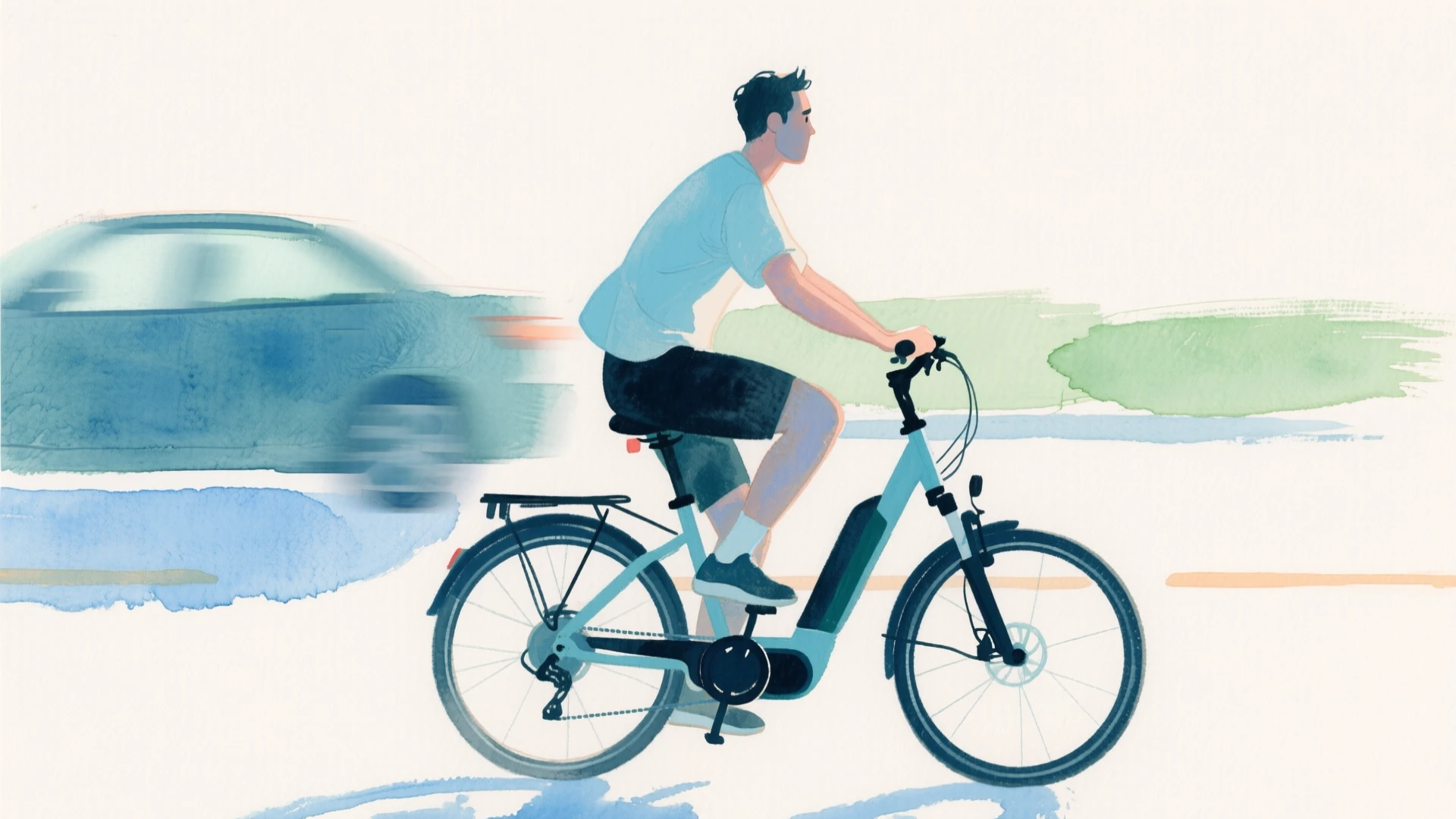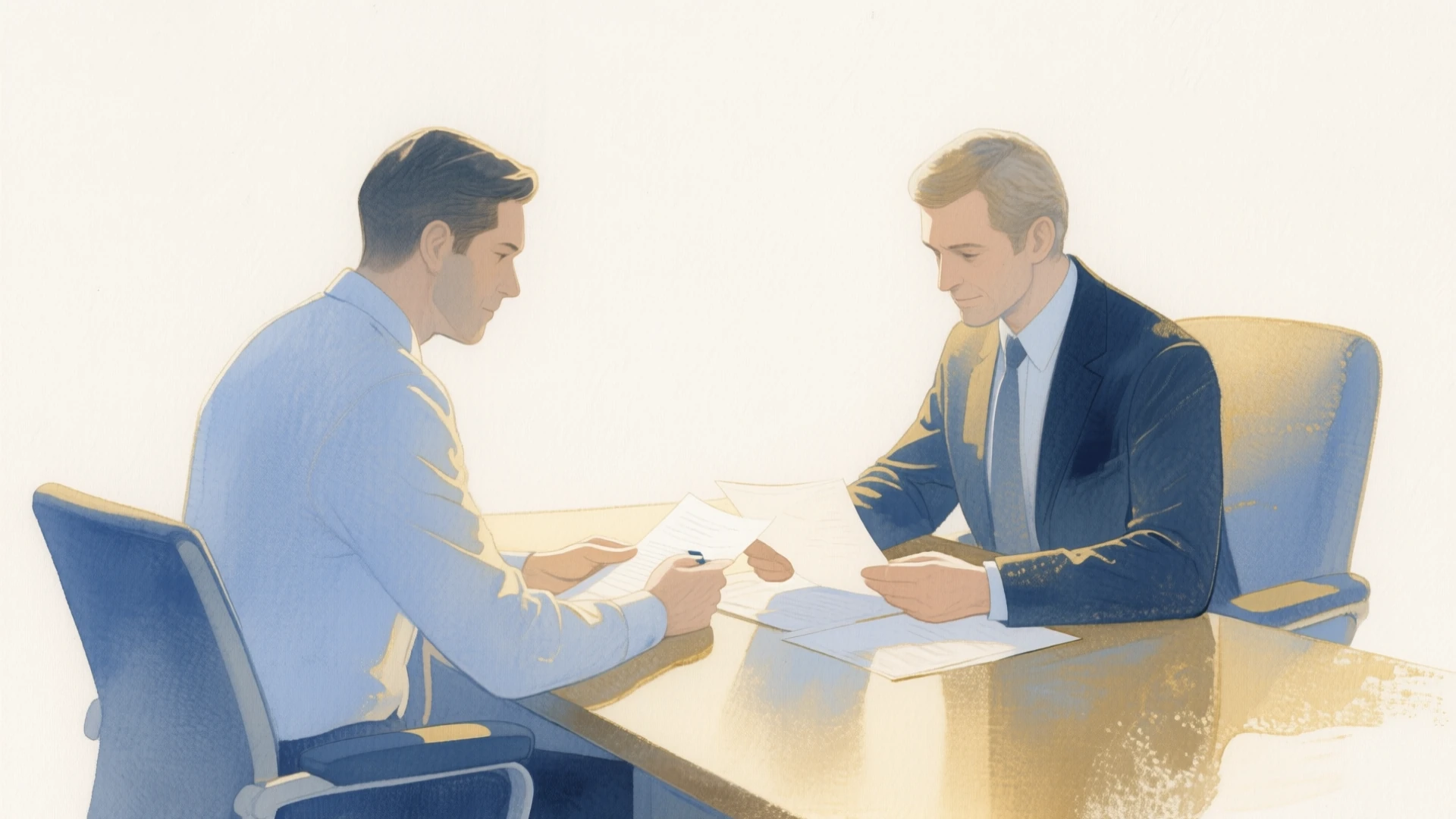Dash Cameras: What They Actually Do for You (and Your Injury Case)
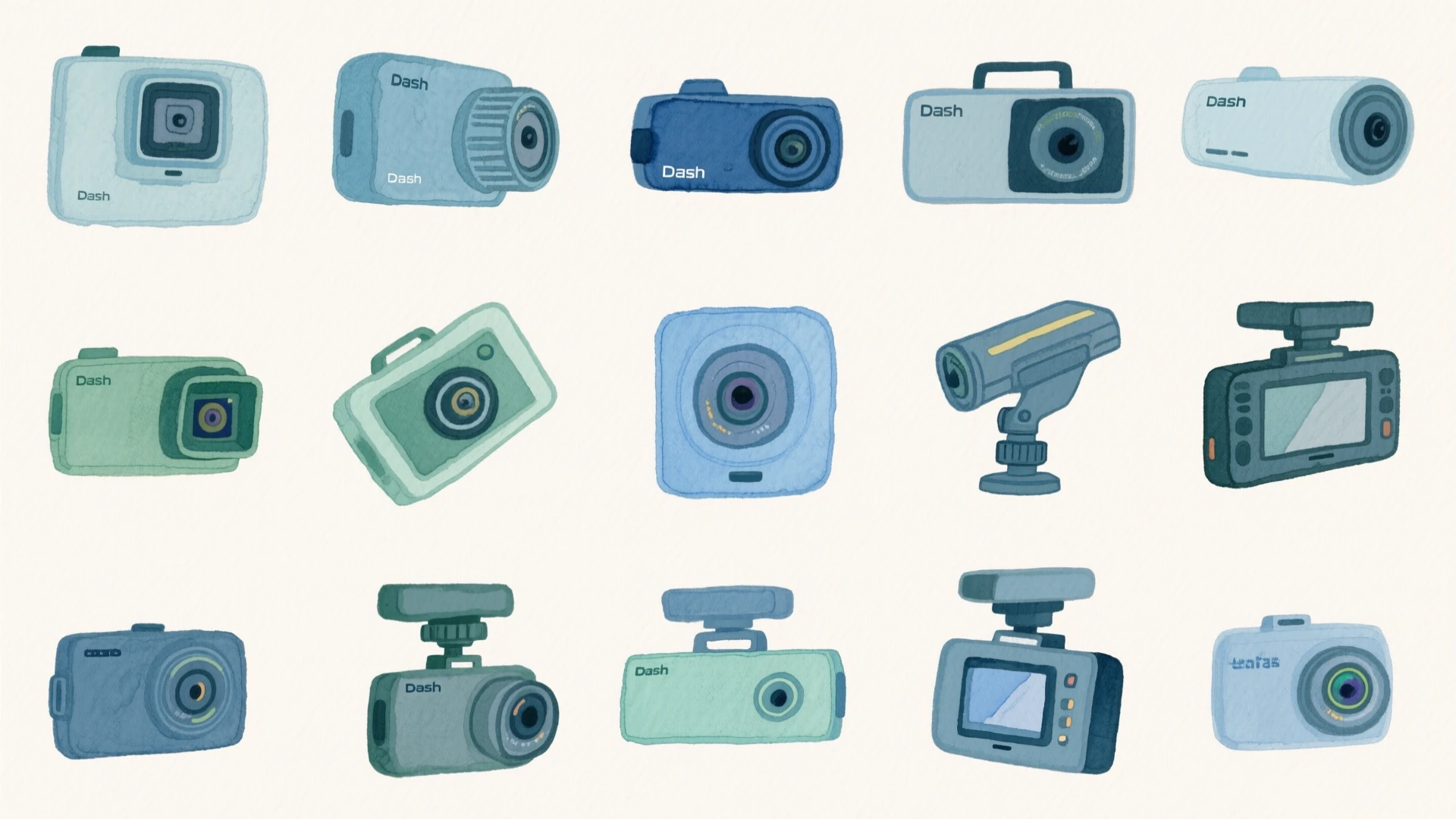
Dash Cameras: What They Actually Do for You (and Your Injury Case)
TL;DR
- Best proven value: objective documentation—who, what, when, where—so insurance disputes and fraud are resolved faster.
- Safety claims: solid evidence exists for enforcement cameras and fleet monitoring reducing dangerous driving; evidence that consumer dash cams alone reduce crash rates is limited. (NHTSA, ScienceDirect)
- Law: Video is generally admissible if authenticated; audio recording rules vary by state (e.g., notice required for in-person audio in Oregon; all-party consent for private in-car audio in Washington). Windshield-obstruction rules also vary. (Legal Information Institute, Oregon Recording Laws Guide, Reason.com, Washington State Legislative Information)
- Insurance: In the U.S., major insurers typically don’t discount premiums just for owning a dash cam; the financial upside is in proving non-fault and shutting down staged-crash scams. (Progressive, Erie Insurance)
- If you’re in a crash: Preserve the original card, copy files, hash them, and turn off overwrite—spoliation (deleting/losing key footage) can hurt your case. (Evidence Preservation Guide)
1) First principles: what a dash cam is (and isn’t)
A dash camera is a sensor + recorder. It continuously captures frames of the scene and metadata (time, GPS, sometimes speed/IMU), writes to a high-endurance microSD in short loops, and usually locks “event” clips when it detects impact or you press a button. That makes it a time-stamped, point-of-view witness. It does not actively prevent collisions the way ADAS (automatic emergency braking, lane keeping, etc.) can.
Where the safety evidence is strongest today is for automated enforcement (speed/red-light cameras) and telematics/driver-monitoring in fleets, both of which measurably cut risky behavior and crashes. There isn’t comparable, large-scale proof that simply installing a consumer dash cam reduces crash rates by itself. (NHTSA, IIHS Highway Safety, Governors Highway Safety Association, ScienceDirect)
2) What dash cams demonstrably help with
A. Settling fault fast
Clear, authenticated footage often ends “word-against-word” disputes quickly and can accelerate claims handling. Courts generally admit video if it’s relevant and properly authenticated under Rule 901 (testimony that the video is what it purports to be, device logs, distinctive features, etc.). (Legal Information Institute)
For accident victims, this means faster resolution of your claim and less stress dealing with insurance companies who might otherwise try to dispute fault.
B. Shutting down staged-crash fraud
Dash cams are powerful against “swoop-and-squat” and similar schemes; the NICB documents these tactics and encourages evidence capture. (National Insurance Crime Bureau)
If you’ve been targeted by insurance fraud, having clear video evidence can be the difference between proving your innocence and facing fraudulent claims against you.
C. Hit-and-run, parking lot, vandalism events
“Parking mode” plus a hardwire kit catches impacts while parked; time-stamps and angle views help police and insurers reconstruct events. Case literature shows dash-cam video can be crucial to reconstruction integrity. (PMC)
D. Insurance outcomes (the realistic picture)
U.S. carriers generally don’t give a dash-cam ownership discount; value comes from exoneration, faster resolution, and protecting your claim history. Some carrier pages state this plainly. (In the UK, discounts are more common, but that’s a different market.) (Progressive, Erie Insurance)
3) Legal landscape you must respect (Oregon & Washington focus)
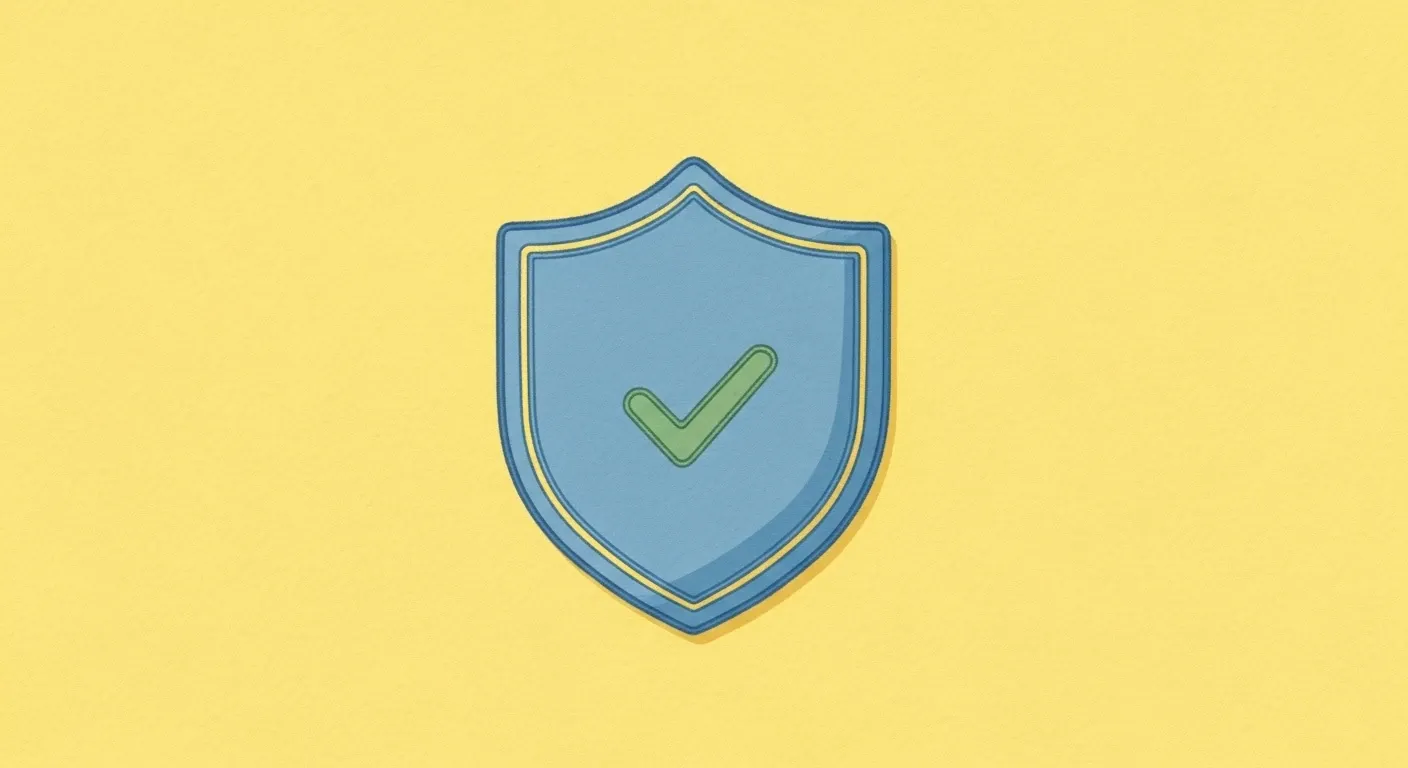
Important: This information is educational only and not legal advice. Laws change frequently. After any accident, consult with an experienced personal injury attorney to understand your rights and obligations.
A. Admissibility basics
- Relevance + authenticity govern admission of video; there’s no special “tech rule.” Courts look for a foundation showing the video is a fair and accurate depiction. FRE 901 provides common pathways (witness with knowledge, metadata, system description). (Legal Information Institute)
B. Recording audio vs. video
- Oregon: After a January 2025 en banc decision, Oregon’s conversational-privacy statute requires notice before recording in-person audio (video-only isn’t targeted by that statute). Phone calls remain one-party consent. If your dash cam records cabin audio, enable signage/notice or disable audio. (Oregon Recording Laws Guide, Justia)
- Washington: All-party consent for private conversations; an announcement that’s recorded can satisfy consent. Consider disabling cabin audio. (Washington State Legislative Information)
C. Windshield obstruction / placement
- Oregon: Obstruction statute (e.g., ORS 815.220)—be conservative about windshield mounting; a dashboard mount or behind the mirror where it does not impede view is the safer reading. (OregonLaws)
- Washington: RCW 46.37.410 requires an unobstructed windshield; if you mount on glass, keep to permitted zones (e.g., lower corners/behind the mirror per agency guidance). When in doubt, use the dash or a high mirror-adjacent mount that doesn’t intrude into swept area. (Washington State Legislative Information)
4) Personal injury cases: making your dash-cam evidence bullet-proof
If you’ve been in an accident and have dash cam footage, follow these critical steps immediately:
A. Immediately after a crash
- Lock the clip (manual button/app) and remove power so loop recording doesn’t overwrite.
- Preserve the original card: place it in a small evidence bag; don’t edit. Create a forensic copy and compute a checksum (e.g., SHA-256) to show integrity.
- Record chain of custody: who handled the card, when it was copied, tools used.
- Document the system: camera make/model, firmware, settings (time zone, GPS on/off), mounting position, view angles.
- Turn off overwrite until your attorney takes possession.
Critical: Destroying or “losing” footage once litigation is reasonably anticipated can lead to spoliation sanctions (adverse inferences, fines, worse). Preserve early and fully. (Evidence Preservation Guide)
B. Authenticating in practice
- Provide a witness (you or passenger) who can testify the video fairly/accurately depicts the scene.
- Provide metadata (file creation times/GPS), and device description (manual, settings) to satisfy Rule 901. (Legal Information Institute)
C. Fraud countermeasures in claims
- Supply both front and rear angles if available; staged scams often involve “boxing-in” cars.
- Include pre-impact context (15–60 seconds prior) so adjusters see lane positioning, signals, and following distances. The NICB’s staged-crash guidance aligns with providing full context. (National Insurance Crime Bureau)
If you’ve been in an accident in Oregon or Washington and have dash cam footage, contact an experienced personal injury attorney immediately to ensure your evidence is properly preserved and authenticated.
5) Buying right: features that matter (and why)
- True 4K/60 or 1440p/60 with HDR: clearer plates in motion and at night.
- High-bitrate codec (H.265): sharper details at the same card size.
- Dual-channel (front + rear); consider interior IR if you rideshare.
- Buffered parking mode + low-voltage cutoff (hardwire kit): captures hit-and-runs while parked.
- GPS + speed overlay (optional): helpful for reconstruction; you can export with or without overlays depending on your attorney’s strategy.
- Physical lock/“event” button and G-sensor tuning to avoid false locks.
- High-endurance microSD (128–256GB) and loop recording controls.
- Privacy controls: audio off toggle; options to disable cloud and keep data local. Independent testers like Consumer Reports regularly evaluate usability and image quality—use them to sanity-check models. (Consumer Reports)
6) Setup that survives legal scrutiny
- Placement: Follow your state’s obstruction law; “behind the mirror, out of the sweep” is typically safest; in Oregon, prefer dashboard or a non-obstructive mirror-adjacent spot. (OregonLaws)
- Time settings: Correct time zone + DST; inaccurate timestamps complicate admissibility arguments.
- Angle: Slightly downward to capture hood + near roadway; avoid “sky bias.”
- CPL filter: Reduces windshield glare; test night performance.
- Retention policy: In normal driving, 2–4 weeks of loop capacity is ideal; in any incident, lock and export immediately.
7) Data, privacy, and self-incrimination risks
- Cloud services: Assume providers can be compelled to disclose stored footage. If you don’t need cloud, keep it local; if you do, use strong auth and short retention. (General guidance: online data can be obtained by law enforcement through legal process.) (Electronic Frontier Foundation)
- Audio is riskier than video: Cabin audio can capture statements that hurt your case and may violate consent laws. Disable it unless you’ve handled notice properly. (See OR/WA rules above.) (Oregon Recording Laws Guide, Washington State Legislative Information)
- Telematics ≠ dash cams: Usage-based insurance saves some people money but comes with accuracy and fairness controversies; discounts for dash cams alone are rare in the U.S. (Erie Insurance, Progressive)
8) For accident victims: working with your attorney
If you’ve been in an accident and have dash cam footage:
- Immediate preservation: Follow the steps in Section 4A above before calling anyone else
- Attorney consultation: Bring all footage, documentation, and device information to your first meeting
- Evidence strategy: Your attorney will determine the best way to use the footage in negotiations or trial
- Expert testimony: Complex cases may require accident reconstruction experts to interpret the footage
Remember: The insurance company for the at-fault driver will likely have their own experts analyzing any available footage. Having an experienced personal injury attorney who understands how to present dash cam evidence effectively is crucial to protecting your interests.
9) Quick answers to common myths
- “Dash cams lower my U.S. insurance premium.” Usually no; benefits are indirect (exoneration, faster resolution). (Progressive, Erie Insurance)
- “Any windshield mount is fine.” Not necessarily; states like OR and WA restrict windshield obstructions. (OregonLaws, Washington State Legislative Information)
- “Audio is always legal.” False; Oregon requires notice for in-person audio; Washington generally requires all-party consent for private conversations. (Oregon Recording Laws Guide, Washington State Legislative Information)
- “Video is rarely admissible.” False; with a basic foundation under Rule 901, video is routinely admitted. (Legal Information Institute)
10) A simple, no-nonsense setup checklist
- Choose a dual-channel cam with HDR, 60fps, GPS (optional), reliable parking mode. (Consult independent test roundups.) (Consumer Reports)
- Mount legally (dash or behind the mirror without obstructing view). (Washington State Legislative Information, OregonLaws)
- Use a 128–256GB high-endurance microSD; format in-camera monthly.
- Set time zone, DST, unit (mph), audio off (unless notice handled).
- Hardwire with low-voltage cutoff if you want parking mode.
- Practice the “lock file” button so you can preserve clips under stress.
- After any incident: lock → pull power → bag card → duplicate & hash → call your attorney. (Evidence Preservation Guide)
11) Why this matters even if you never crash
- You’re defending yourself against other people’s mistakes and fraud, not just your own. (NICB calls out staged-crash scams as a persistent, costly problem.) (National Insurance Crime Bureau)
- When everyone argues, the side with clear video + proper preservation + experienced legal representation usually wins faster and cheaper.
Have Dash Cam Footage from an Accident?
If you’ve been injured in a car accident in Oregon or Washington and have dash cam footage, don’t try to handle the insurance companies alone. The footage you have could be crucial evidence—but only if it’s properly preserved and presented.
Contact Johnson Law, P.C. for a free consultation to discuss your case and ensure your dash cam evidence is used effectively to protect your rights and maximize your compensation.
Sources (selected)
- Evidence & Admissibility: FRE 901 (authentication). (Legal Information Institute)
- OR audio notice; phone one-party: Oregon’s conversational privacy statute & 2025 Ninth Circuit en banc decision; overview of consent structure. (Oregon Recording Laws Guide, Justia)
- WA all-party consent: RCW 9.73.030 (announcement option). (Washington State Legislative Information)
- Windshield obstruction: ORS 815.220; RCW 46.37.410. (OregonLaws, Washington State Legislative Information)
- Fraud patterns: NICB staged-accident guidance. (National Insurance Crime Bureau)
- Safety evidence context: NHTSA (speed camera programs); IIHS (red-light cameras). (NHTSA, IIHS Highway Safety)
- Insurance discounts reality: Progressive & Erie Insurance posts. (Progressive, Erie Insurance)
- Reconstruction value: Peer-reviewed dash-cam crash analysis case. (PMC)
- Spoliation/preservation: Practical consequences and duty to preserve ESI/video. (Evidence Preservation Guide)
Bottom line
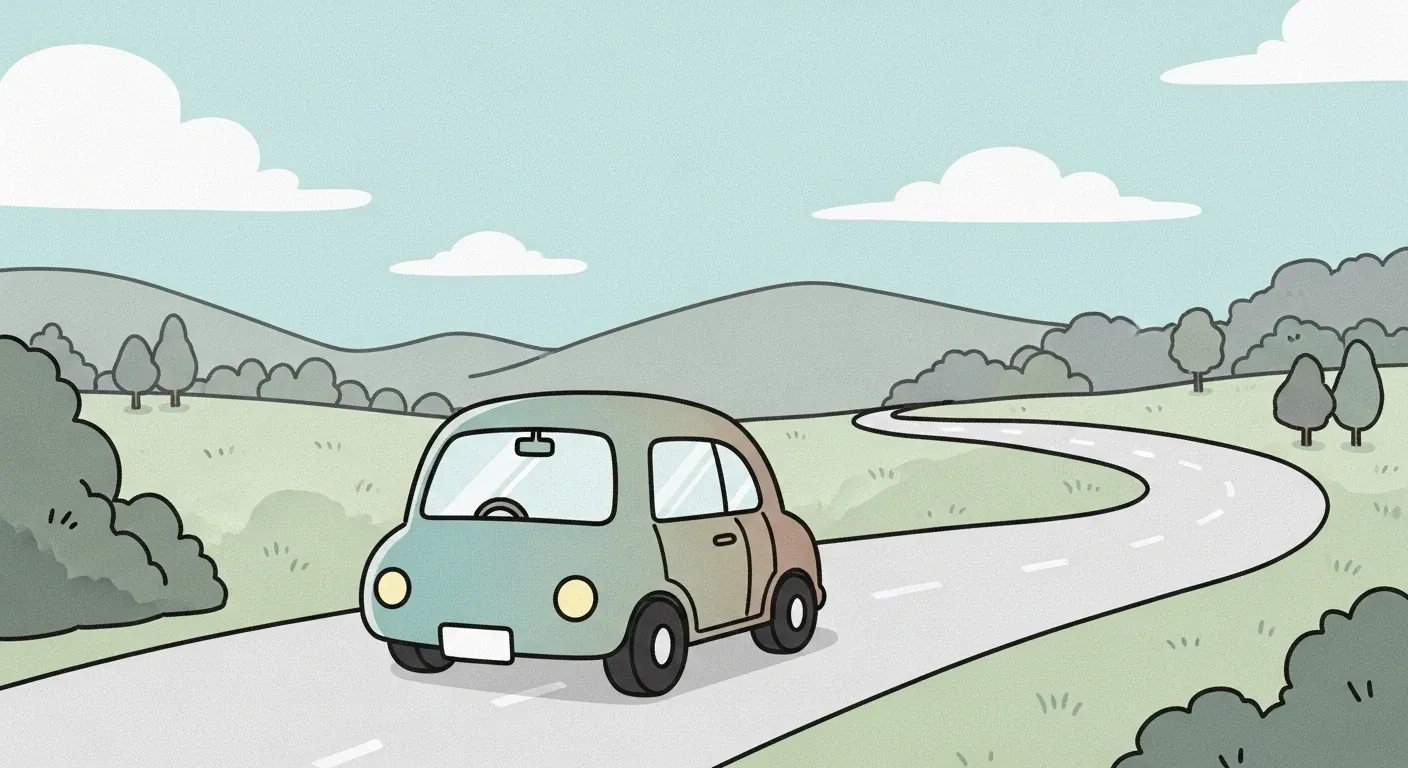
If you want hard, defensible evidence and fewer headaches after a crash, a well-configured dash cam—installed legally and used with a disciplined preservation playbook—delivers the highest ROI of any inexpensive in-car tech. Treat it like a witness who never forgets, handle the footage like evidence from the moment something happens, and work with an experienced personal injury attorney who knows how to use that evidence effectively.
